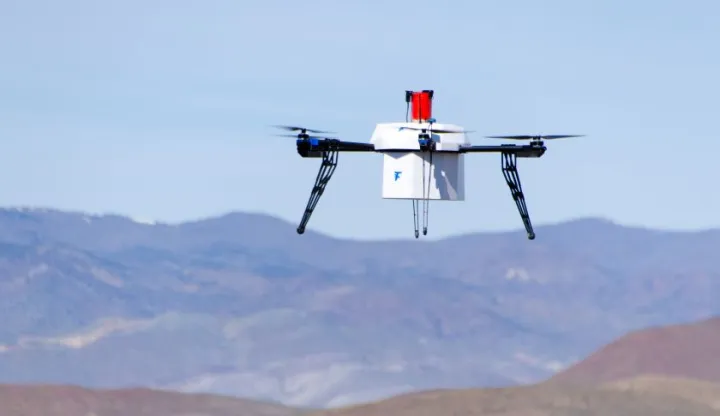How to Disable a Drone. Drones have gained immense popularity in recent years, with applications ranging from aerial photography to surveillance. However, there are situations where it becomes necessary to turn off a drone, whether for security reasons, privacy concerns, or safety considerations. This comprehensive guide will explore the various methods and technologies used to turn off drones, emphasizing the importance of responsible drone operation.
Understanding the Need to Disable Drones
Before we dive into the methods of disabling drones, it’s crucial to understand why someone might need to take such action:
- Privacy Concerns: Drones equipped with cameras can invade people’s privacy by capturing images or videos without their consent. When it comes to finding the Drones then Veeniix V11MINI Drones with Camera for Adults will be a good option.
- Safety Risks: Rogue drones flying in restricted areas or near airports pose a significant safety hazard to human-crewed aircraft.
- Security Threats: In certain situations, drones can be used for nefarious purposes, such as smuggling contraband or surveillance on sensitive locations.
- Public Events: Disabling drones may be necessary during public events to prevent unauthorized aerial recording.
Legal and Ethical Considerations
Before attempting to turn off a drone, knowing the legal and ethical implications is essential. Disabling drones without proper authorization can result in legal consequences. Always consider these factors before taking any action.
Methods to Disable a Drone
- Signal Jamming
- Drone-Catching Drones
- Anti-Drone Technologies
- Hacking
Signal Jamming
- Description: Signal jamming involves using radio frequency jammers to disrupt the communication between the drone and its operator.
- How it Works: The jammer emits radio signals on the same frequencies the drone uses, interfering with the control signals and GPS reception. It disrupts the drone’s ability to follow commands and navigate.
- Legal Considerations: Signal jamming is illegal in many countries, including the United States, due to potential harm to other radio communication systems and aircraft. Unauthorized use of signal jammers can result in severe penalties.
Drone-Catching Drones
- Description: Some organizations have developed drone-catching drones designed to intercept and turn off unauthorized drones.
- How it Works: Drone-catching drones are equipped with nets, projectiles, or other mechanisms to physically capture and turn off the target drone. Once captured, the rogue drone can be safely brought to the ground.
- Legal Considerations: Drone-catching drones are typically authorized for specific security and law enforcement agencies. Unauthorized use can lead to legal consequences.
Anti-Drone Technologies
- Description: Various anti-drone technologies have been developed to detect and turn off rogue drones.
- How it Works: These technologies often use a combination of radar, cameras, and software to identify unauthorized drones. Once detected, they can employ signal jamming or laser-based systems to turn off the intruding drone.
- Legal Considerations: Anti-drone technologies are subject to regulations and authorization. Unauthorized use can lead to legal consequences.
Hacking
Description: Hacking involves accessing the drone’s control system and taking over its functions.
How it Works: Skilled hackers can exploit vulnerabilities in the drone’s software or communication systems to gain control. Once hacked, the drone can be turned off or redirected.
Legal Considerations: Hacking into a drone without authorization is illegal and can lead to criminal charges.
FAQS
Can I turn off a drone invading my privacy?
Turning off a drone with proper authorization is generally only advisable, as doing so may lead to legal consequences. Instead, consider addressing privacy concerns through legal channels or contacting local authorities.
Are there consumer-grade technologies to turn off drones?
Consumer-grade technologies for disabling drones are typically unavailable to the public due to safety and legal concerns.
Can I shoot down a drone that is flying over my property?
Shooting down a drone is illegal in most countries and poses safety risks. It is recommended to contact local authorities to address trespassing or privacy concerns.
Conclusion
Turning off a drone is a complex and legally fraught process that should only be undertaken by authorized individuals or organizations in specific situations. It’s essential to prioritize safety, legality, and responsible drone operation. If you encounter a drone-related issue, such as an invasion of privacy or safety concerns, you should contact local law enforcement or regulatory authorities. They have the expertise and legal authority to address such matters while ensuring that all actions are taken within the bounds of the law. Ultimately, drones’ responsible and ethical use is essential to maintaining a balance between technological innovation and protecting privacy, security, and safety.

